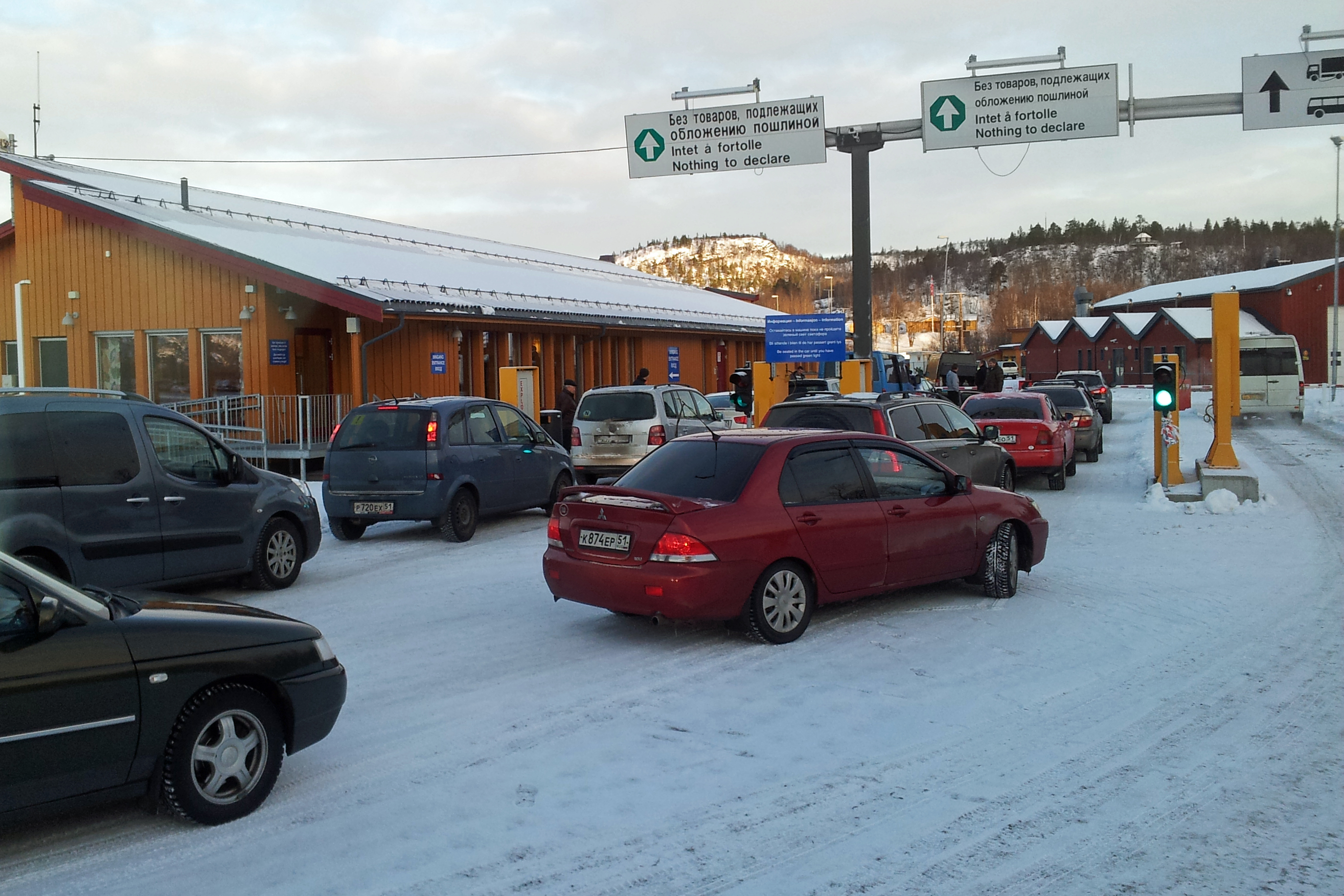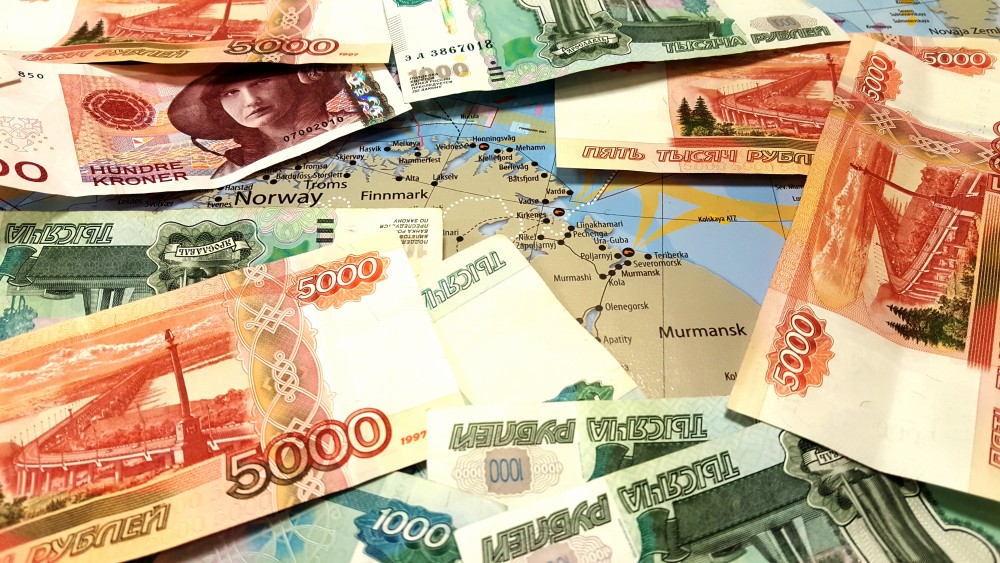Will Russian ruble’s fall spell trouble for cross-border shopping?

Following the ruble crash in 2014, cross-border travel dropped by a third between Russia and Norway in the north. At the time, the ruble lost some 40-50% of its value compared with both the Norwegian kroner and the euro.
This week, the ruble is again plunging, following a fresh set of U.S. sanctions. Wednesday morning the euro exceeded 80 rubles, up from just under 71 by the end of last week. A Norwegian kroner can be bought for 7,9 rubles in most banks in Murmansk on Wednesday.
At Storskog, Norway’s border check-point to Russia’s Kola Peninsula, Police in charge of immigration control keeps track of statistics.
After the last ruble crash, month by month traffic was down 34% from January 2014 compared with the same month in 2015. Year-by-year, traffic was down 23,5%. Majority of border crossers are Russians driving for shopping in Kirkenes, the nearest town on the Norwegian side.

Similar drop in border traffic was seen between Russia and Finland.
Traffic continued down with another 3,3% from 2015 to 2016, but then saw an increase of 12,6% from 2016 to 2017. So far this year, cross-border traffic at Storskog is down 1,3%.
Related stories from around the North:
Canada: North American Arctic is failing compared to Russia, Nordics, warns think tank, Eye on the Arctic
Finland: In crisis, would Finland’s supplies be safe on Arctic rail near Russian border?, YLE News
Iceland: High peak in low season, Iceland’s mass-tourism boiling over, The Independent Barents Observer
Norway: Murmansk-Oslo gets first ever flight link, The Independent Barents Observer
Russia: With Arctic rush, Russia beats natural gas production records, The Independent Barents Observer
Sweden: Nordic countries expel Russian diplomats, The Independent Barents Observer
United States: NATO wants to keep the Arctic an area of low tensions, Radio Canada International



